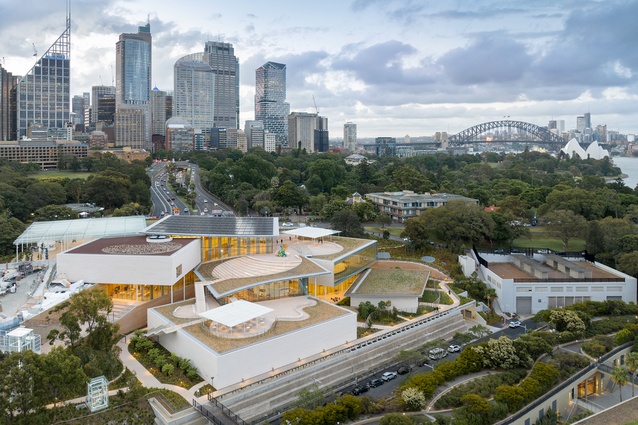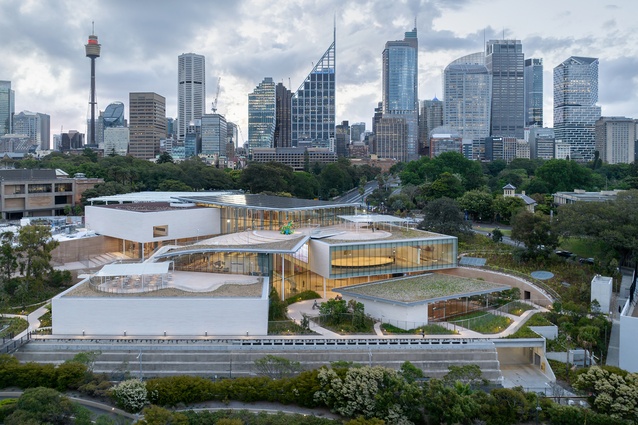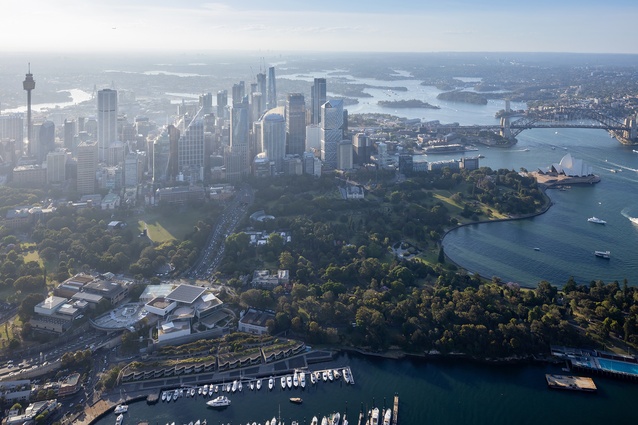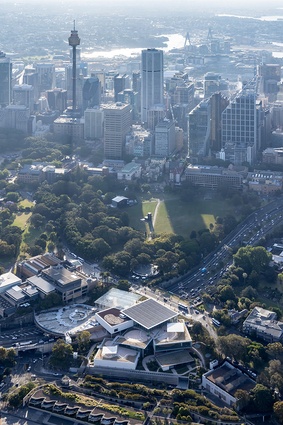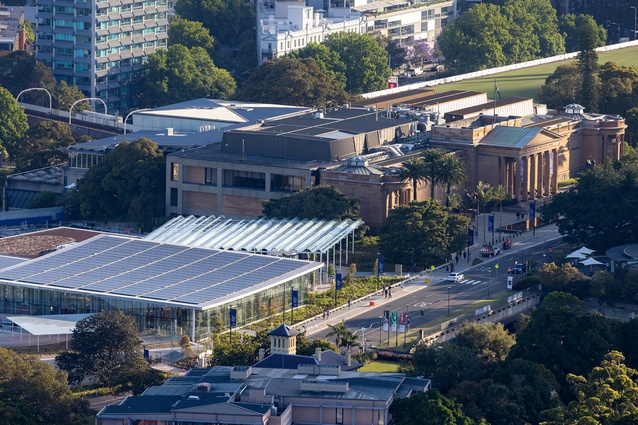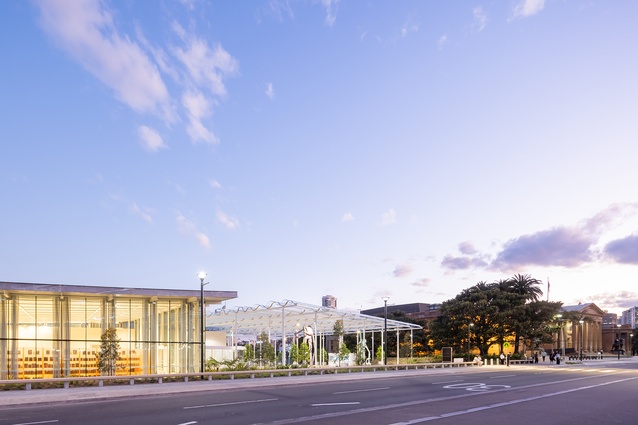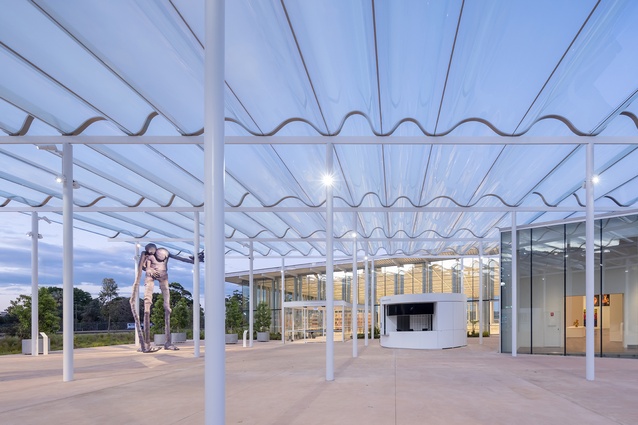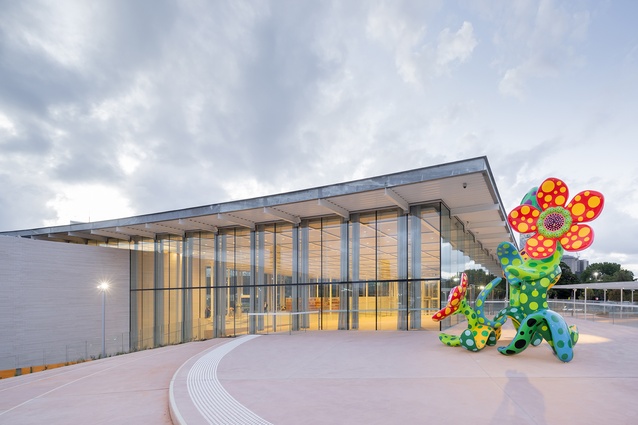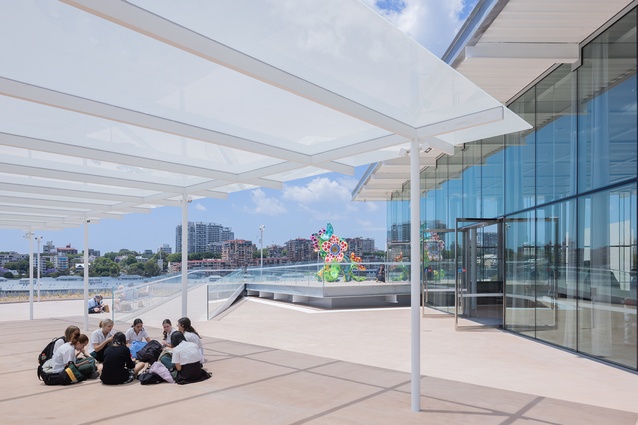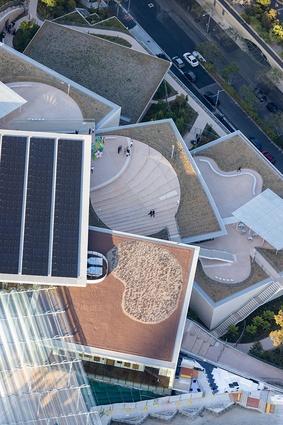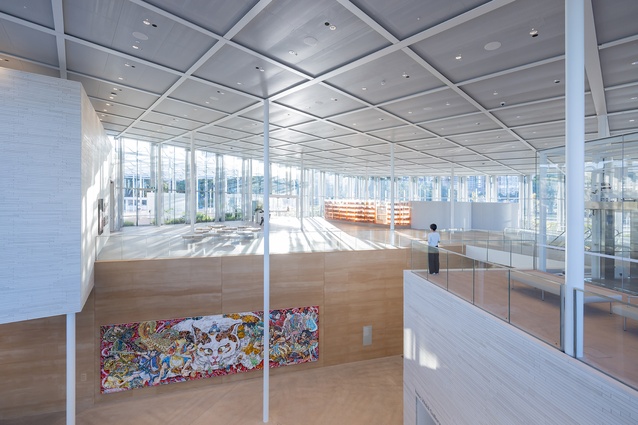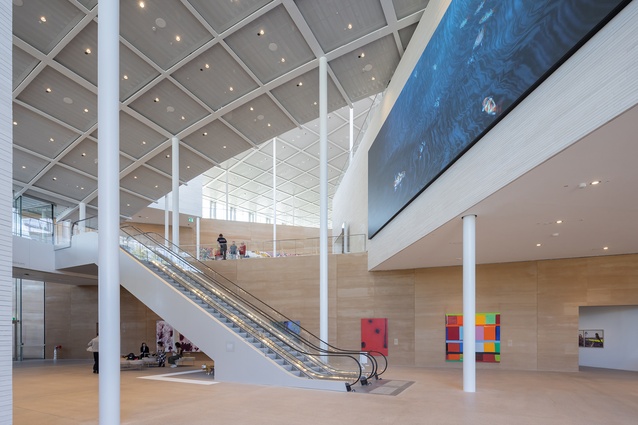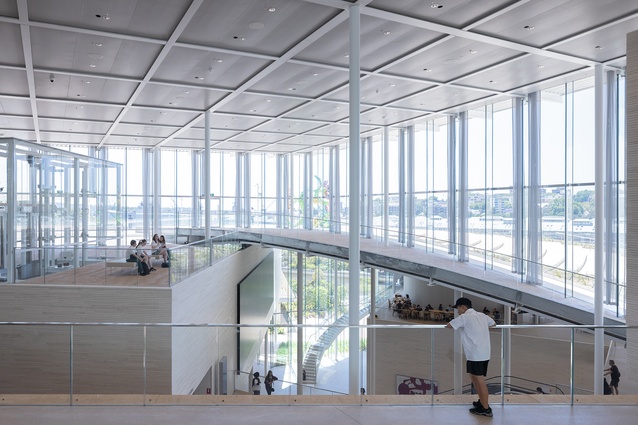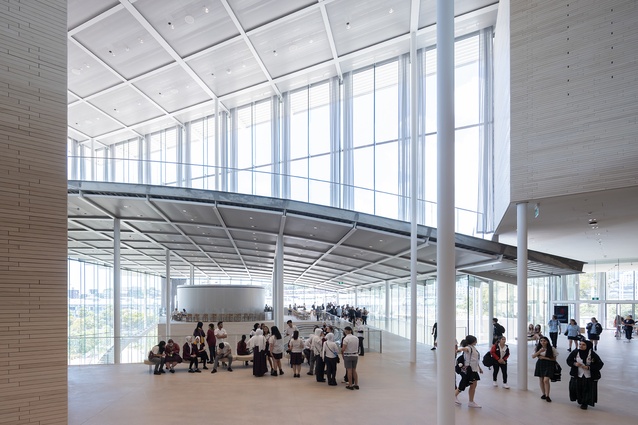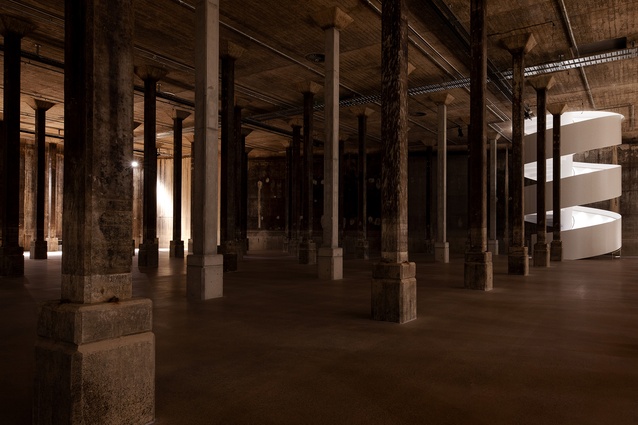SANNA and Architectus’ Sydney Modern transforms Art Gallery of New South Wales
The Sydney Modern Project is a once-in-a-generation transformation of the 151-year-old Art Gallery of New South Wales in Sydney, Australia, creating an art museum campus comprising two buildings connected by an art garden on Gadigal Country overlooking Sydney Harbour.
The centrepiece of the project is a new building designed by Pritzker prize-winning architects Kazuyo Sejima + Ryue Nishizawa/SANAA (Sejima and Nishizawa and Associates), who were selected as design architects in 2015 following an international competition.
Designed as a complementary counterpart to the Art Gallery’s revitalised original building with its 19th-century neoclassical façade, SANAA’s design for the new building responds to the project site with a series of interlocking pavilions that step down towards Sydney Harbour, following the natural topography of the land.
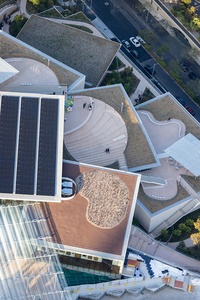
The Art Gallery of NSW says the design delivers much-needed exhibition space while respecting and enhancing public use of the surrounding landscape, retaining and celebrating significant trees and improving access to Sydney’s eastern cultural precinct. The new building also comprises art research and education spaces, multipurpose spaces, a gallery shop, food and beverage facilities and visitor amenities.
Prior to expansion, the original 23,000m2 building provided 9000m2 of exhibition space. Today, the new and original buildings have a 40,000m2 footprint, which includes 16,000m2 of exhibition space.
The new art spaces include a dedicated 1000m2 gallery to showcase Aboriginal and Torres Strait Islander art, a 1300m2 major exhibition gallery, a 1100m2 contemporary gallery and The Tank – a 2200m2 gallery with 7-metre-high ceiling. Also included are 465m2 of project and new media galleries, a 1000m2 sculpture gallery with a double-height, arched atrium reaching 11 metres at its highest point, a purpose-built learning studio for younger audiences, a Media Lab and multipurpose spaces for public programmes, performance and lectures, and 3400m2 of accessible roof art terraces and courtyards.
The gallery shop is a first-of-its-kind bio-resin installation designed by Akin Atelier. Surfboard material fabricated in Sydney forms the luminous opaque walls and the colour gradation references the striated, layered nature of Sydney basin’s sandstone geology. Sintered layers of colour with micro-weighted pigment were hand-poured into custom moulds over 109 consecutive days.
The external façade materials are glass for the public spaces and limestone for the art pavilions, which are clad in more than 50,000 pieces of hand-cut and hand-laid limestone bricks.
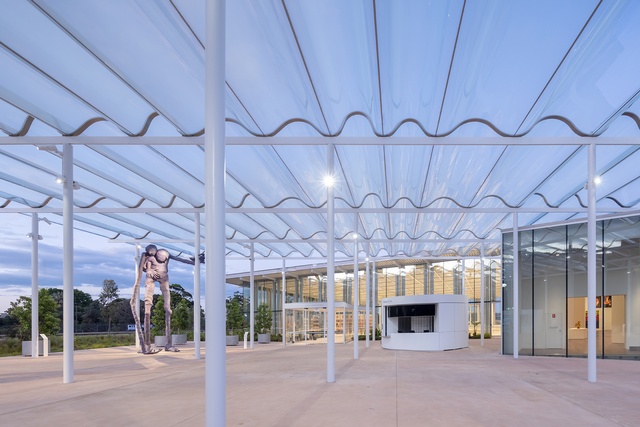
Comprised of 108 curved sheets of form-cast glass, the Welcome Plaza canopy leading into the new building provides a sculptural covered space for visitors and community gatherings. Its varied fluctuating ripples are designed to echo the waves of the nearby harbour.
A vast 250-metre-long rammed earth wall cuts a dramatic curve through the building, traversing two storeys. Sand from the local Sydney area and the state was compressed to create the solid, organic structure, which echoes the original topography of the site and links back to the sandstone façade of the original building.
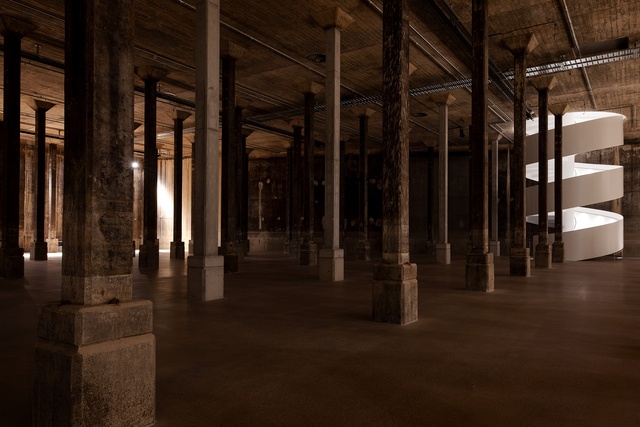
The Art Gallery is the first public art museum in Australia to achieve the highest environmental standard for design, having been awarded a 6-star Green Star design rating by the Green Building Council of Australia. 100% of the building’s energy needs are powered by renewable energy, with more than 10% generated by solar panels on the entrance pavilion roof, and rainwater is captured and harvested for irrigation and cooling towers. Approximately 70% of the new gallery is constructed above existing structures, with the land bridge, built in 1999, and the concrete roof built over two decommissioned World War II naval oil tanks built in the early 1940s. Adaptive re-use of the tanks has enabled public access to a significant State asset for the first time – now transformed into a spectacular art space within the new building.
The expansion delivers new open green spaces across the site, including the outdoor public Art Garden and Welcome Plaza linking the new and existing buildings. The forecourt of the original building has also been expanded, with two reflecting pools designed by Kathryn Gustafson as well as additional planting, seating, shade and amenity to create a new civic plaza.
The project will increase biodiversity, with 70% more trees on site. Significant landscape design will use endemic ecological planting (Sydney sandstone woodland) and reinstate historic species associated with the ‘Governor’s Domain’, more in keeping with the site’s original flora pre-European settlement. More than 8000m2 of green roof and landscaped areas have been planted with close to 50,000 Australian native species.
Linking the two buildings, the Art Garden includes a major art commission by Wiradjuri and Kamilaroi artist Jonathan Jones titled bíal gwiyúŋo (the fire is not yet lighted), opening mid-2023; Joseph Beuys’ work 7000 oaks, featuring a Moreton Bay fig tree and basalt stone; and the garden terrace, based on a master plan by Kathryn Gustafson.
The AU$344 million project was funded through a state government investment of $244 million while the gallery raised the remaining $100 million, making it the largest public and philanthropic partnership of its kind in Australia.
Project team
Architect: Kazuyo Sejima + Ryue Nishizawa/SANAA, Tokyo, Japan
Executive architect: Architectus, Sydney, Australia
Builder: Richard Crookes Constructions
Delivery authority: Infrastructure NSW
Structural engineer: Arup
Landscape architects: McGregor Coxall and Gustafson Guthrie Nichol (GGN)
ArchitectureAU kindly provided the material for this article.

